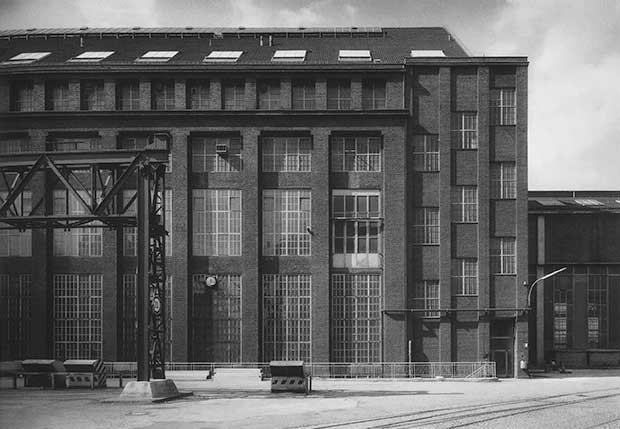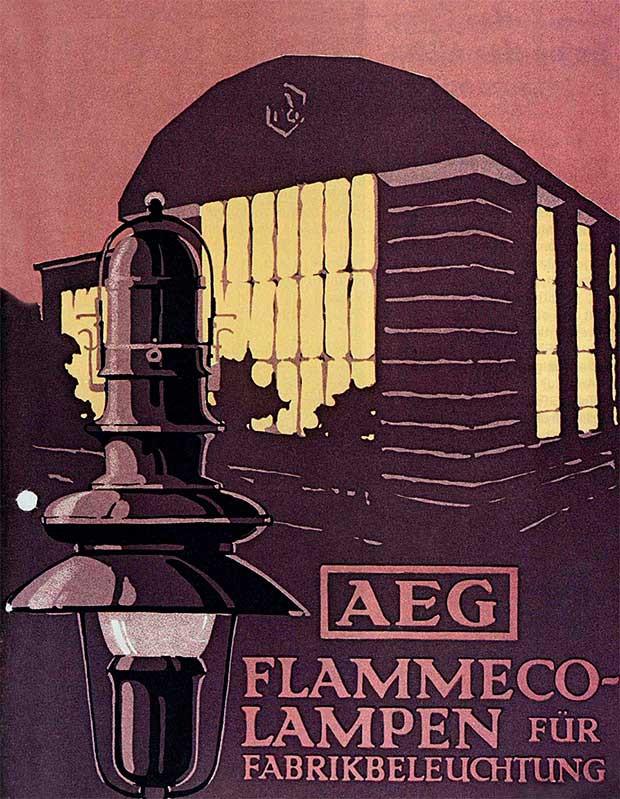Modernism - What did Mies van der Rohe mean by "less is more?"
11/3/2017

As recounted by the late Detlef Mertins in the exceptional monograph Mies, the 21-year-old van der Rohe recalled designing the glazing of the west, courtyard elevation of the AEG Turbine Factory, which is considerably more utilitarian in character than the grand street elevation. Beyond the determinants of the technical form Mies said that what he contributed was “indeed almost nothing”. And it was in working on this elevation that Mies first came across the infamous expression, ‘less is more’.

"I heard it in Behrens’s office for the first time,” he later recalled. “I had to make a drawing for a facade for a factory. There was nothing to do on this thing. The columns were 5.75 meters (19 feet). I will remember that until I die. I showed him a bunch of drawings of what could be done and then he said, ‘Less is more',” but “he meant it in another way than I use it.”
Mies was to return to the phrase again and again, effectively making it his own, referring to his later efforts to reduce and distil buildings and their components into simple forms in which art and technics - geometry and matter - were integrated in a more persuasive tectonic expression than Behrens, his former master, had ever achieved.
If this story has piqued your interest and you'd like to learn more about Mies van der Rohe, the best place to start (and finish) is in our online store where you'll find Mies by Detlef Mertins.
Source: Phaidon
